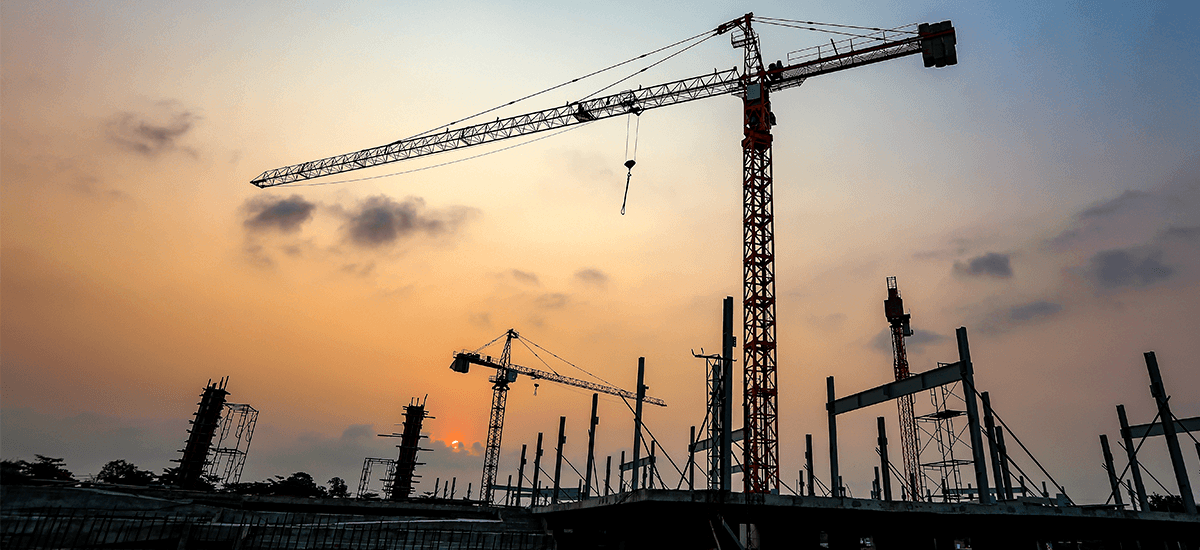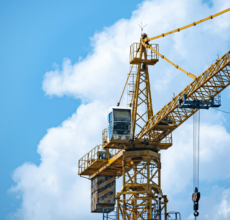Stace Outlook Index, December 2020
The Stace Outlook Index brings you the latest updates on the UK economy, the industry and Tender Price Index (TPI) forecasts.
Challenges still ahead but a gradual recovery on the horizon
The challenge facing the UK economy was made clear in the Chancellor’s Spending Review which revealed government borrowing will rise to £393.5bn by the end of 2020[1]. While this is an unprecedented level of peacetime borrowing, it is worth noting that government borrowing rates are at record lows[2] which is in part due to the Bank of England’s quantitative easing programme.
The upside from the announcement came in the form of commitments to invest in housing, infrastructure, schools, hospitals as well as to continue supporting business through the pandemic and stimulate the recovery from Covid-19. Specifically, the £4billion levelling up fund will invest in high value local projects up to £20million[3] and the £7.1billion National Home Building Fund aims to help development of 860,000 homes.
The Office for Budget Responsibility expects GDP to contract 11.3% in 2020 and not regain its pre-COVID size until Q4 2022. This growth will be reliant on the UK and EU reaching a Free Trade Agreement by the end of the year[4].
However, for the first time since the outbreak, there is hope for the future. Upon news of progress with an effective vaccine, the FTSE 100 recorded a 12.4% rise in November with other stock markets recording a similar boost. With the approval and administration of the Pfizer/BioNTech vaccine, there is now hope for a gradual recovery despite existing challenges. This prediction of a gradual recovery, combined with both labour and material prices staying broadly static, has led us to predict Tender prices will remain at 0.0% in 2021.
Reference List
1. Office for Budget Responsibility 2020 Economic and fiscal outlook – November 2020 Available at: https://obr.uk/efo/economic-and-fiscal-outlook-november-2020/
2. Financial Times 2020 UK government borrowing costs hit record lows Available at: https://www.ft.com/content/cc2984d5-7d6b-454c-9220-502a32d599de
3. HM Treasury 2020 National Infrastructure Strategy Available at: https://www.gov.uk/government/publications/national-infrastructure-strategy
4. EY Item Club 2020 The Chancellor’s Spending Review focuses on providing further support to the economy and jobs in 2020/21 Available at: https://www.ey.com/en_uk/news/2020/11/the-chancellors-spending-review-focuses-on-providing-further-support-to-the-economy-and-jobs-in-2020-21-ey-item-club-comments
The information contained in our biannual Stace Outlook Index is for general purposes only. The content provided by Stace LLP always endeavours to be up to date and accurate. Stace LLP accepts no responsibility for any loss arising from any action taken or not taken by anyone using this material. The Tender Price Forecast may be required to change when discussing project specific requirements. The data is obtained from sources including the ONS, Monetary Policy Committee Reports and RICS.







